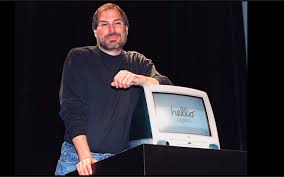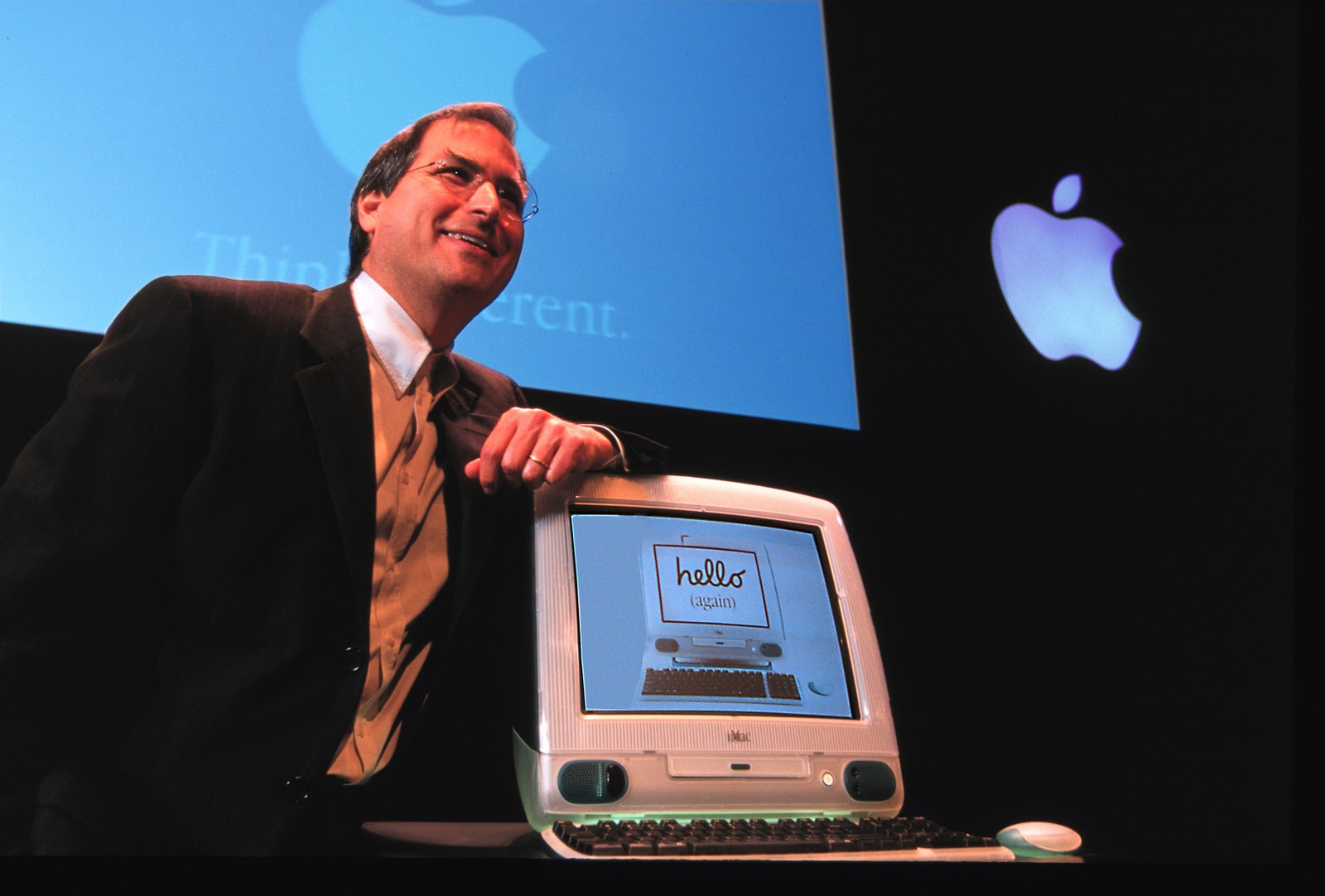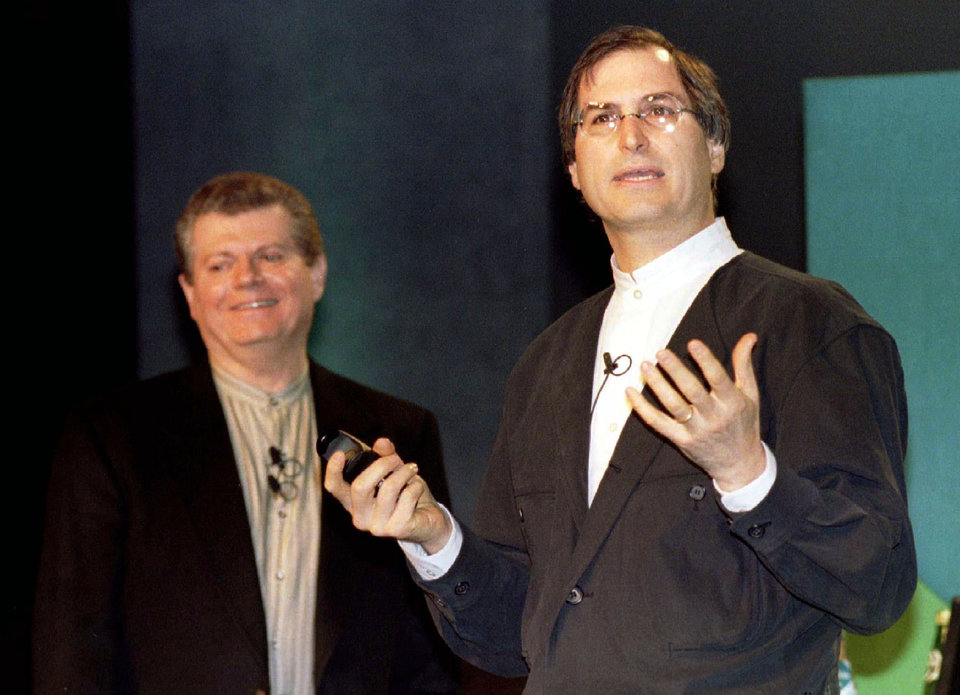Everyone knows the story of how Steve Jobs saved Apple from almost certain collapse in the second half of the nineties. Jobs originally joined the company as interim CEO, and his return included, among other things, a public announcement that the company posted a quarterly loss of $161 million.
The news of such a loss was understandably not (not only) pleasing to investors, but at that time, Apple was clearly starting to look forward to better times. One of the good news was that the returning Jobs had no part in this slump. This was the result of wrong decisions made by Jobs' predecessor at the time, Gil Amelio. During his 500-day tenure at the helm of Apple, the company lost a massive $1,6 billion, a loss that virtually wiped out every cent of profit the Cupertino giant had made since fiscal 1991. Amelio left his position on July 7 and Jobs was originally supposed to replace him only temporarily until Apple found a suitable replacement.
Part of Apple's enormous expenses at the time included, among other things, a $75 million write-off related to the buyback of the Mac OS license from Power Computing—the termination of the relevant contract marked the end of the failed era of Mac clones. The 1,2 million copies of the Mac OS 8 operating system sold also testify to the fact that Apple was already slowly starting to do well at that time. Although the sales of the operating system alone were not enough for Apple to return to the stage where it would be profitable, but clearly exceeded the expectations of the time. The success of Mac OS 8 also proved that Apple has remained a solid and supportive user base despite all the hardships.
Apple's CFO at the time, Fred Anderson, recalled how the company remained focused on its primary goal of returning to sustainable profitability. For fiscal year 1998, Apple set goals for continued cost reduction and gross margin improvement. In the end, 1998 was a turning point for Apple. The company released the iMac G3, which quickly became a highly sought-after and popular product, and which was largely responsible for Apple returning to profitability in the very next quarter - since then, Apple has never slowed its growth.
On January 6, 1998, Steve Jobs surprised attendees at the San Francisco Macworld Expo by announcing that Apple was once again profitable. The return to the "black numbers" was the result of radical cost reductions initiated by Jobs, ruthless termination of production and sales of unsuccessful products and other significant steps. Jobs' appearance at then-MacWorld included a triumphant announcement that Apple posted a net profit of more than $31 million on revenue of roughly $45 billion for the quarter ended Dec. 1,6.



